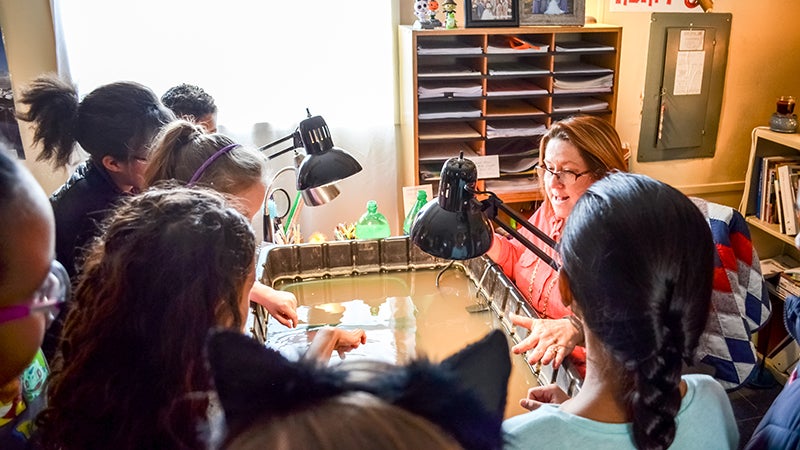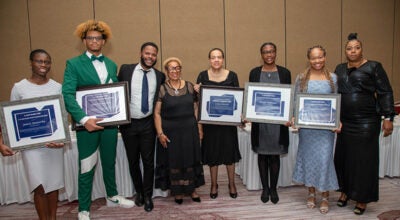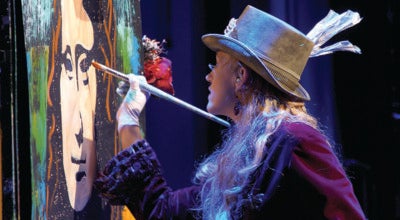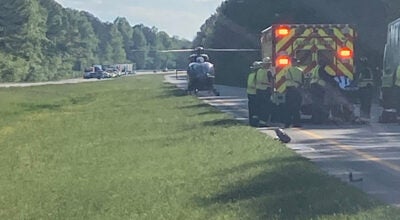Seeds planted for Chesapeake Bay
Published 9:59 pm Thursday, February 23, 2017

- “I really like doing lessons with my kids that are real world lessons,” Northern Shores Elementary Gifted Resource teacher Nina Valdivieso said. “They can see the value of it in their everyday lives.”
Suffolk students are learning more about the Chesapeake Bay and how they can try to save its vital vegetation.
Fourth- and fifth-graders at Northern Shores Elementary School have been growing submerged aquatic vegetation in a classroom module on the school campus as part of their Chesapeake Bay watershed education and the Chesapeake Bay Foundation’s “Grasses for the Masses” program.
“My goal for the whole year is to teach them about the watershed, show it helps us, and what they can do to protect it,” Northern Shores Elementary Gifted Resource teacher Nina Valdivieso said.
The plants that grow in the Chesapeake Bay provide food for wildlife, oxygenate water and absorb nutrient pollution. They are crucial to the Chesapeake Bay ecosystem and act as a measure of the ecosystem’s health.
Negative factors have harmed aquatic vegetation growth in recent years, such as nutrient contaminants.
“If there’s too many, the nutrients will cover the plants so they can’t support photosynthesis,” 10-year-old Northern Shores student Joshua Painter said.
“Grasses for the Masses” participants grow aquatic vegetation in a simple plastic tub system over several weeks before eventually planting it in a designated area in the watershed to improve water health and clarity.
The students will plant theirs at the Chickahominy River in a few weeks.
“The next time we see it, we’ll see how much it grew,” 9-year-old Northern Shores Elementary student Olivia Fingleton said.
Valdivieso said the students will continue their environmental education by staging a mock trial in March. The students will be divided into groups of Chesapeake Bay effects: clam dredging, nutrient contaminants, construction development and Hurricane Agnes.
Each group of students will prepare to prosecute other groups’ contaminants and defend their own. Valdivieso said it is important for the students to consider all sides of each issue, such as clam dredging.
“What’s more important, the grasses or the families the fishermen are trying to support?” Valdivieso said.
The students are enjoying the hands-on exercises both in and out of the classroom, and they now understand that other regional residents can help the watershed.
“They can start being more careful what goes down into the sewer and what goes into the ocean,” Fingleton said. “Maybe if we’re more careful, we can bring back (submerged aquatic vegetation).”
Valdivieso said cultivating the students’ desire to make a positive impact on the environment is crucial.
“If they can learn it now and believe it’s important enough, then they’re going to carry it forward with them,” Valdivieso said.






